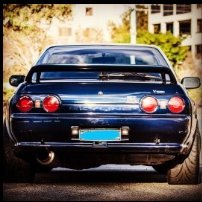Rb26 Single Turbo Coolant Routing Question
Announcements
-
Similar Content
-
Latest Posts
-
What if I told you it fit easier than the RB...... Realistically it's a lot of work, but suprisingly similar IF you didn't have a R33 with literally all of the supporting accessories and electronics and manifolds and cooling ready to go. If you had literally a bare engine bay and no transmission, it'd be an apt comparison to make. If you just want to make 280-300kw all day just rebuild the RB and get a modern turbo and enjoy life.
-
Fair call there.. Apologies UWISSH! My bad was taken in wrong context as I only stated what was in paper same words on the list of Mods. I wished has said has 5Speed short shift gearbox.
-
The complexities involved with getting a v8 swap done, and the sacrifices for clearance etc not worth it imo unless its a drift car or similar.
-
By joshuaho96 · Posted
This is exactly what I was thinking, I just wasn't expecting whatever that hackjob was. Skyline owners never disappoint. -
I don't think anybody has heard of a "NISMO gearbox".
-






Recommended Posts
Create an account or sign in to comment
You need to be a member in order to leave a comment
Create an account
Sign up for a new account in our community. It's easy!
Register a new accountSign in
Already have an account? Sign in here.
Sign In Now